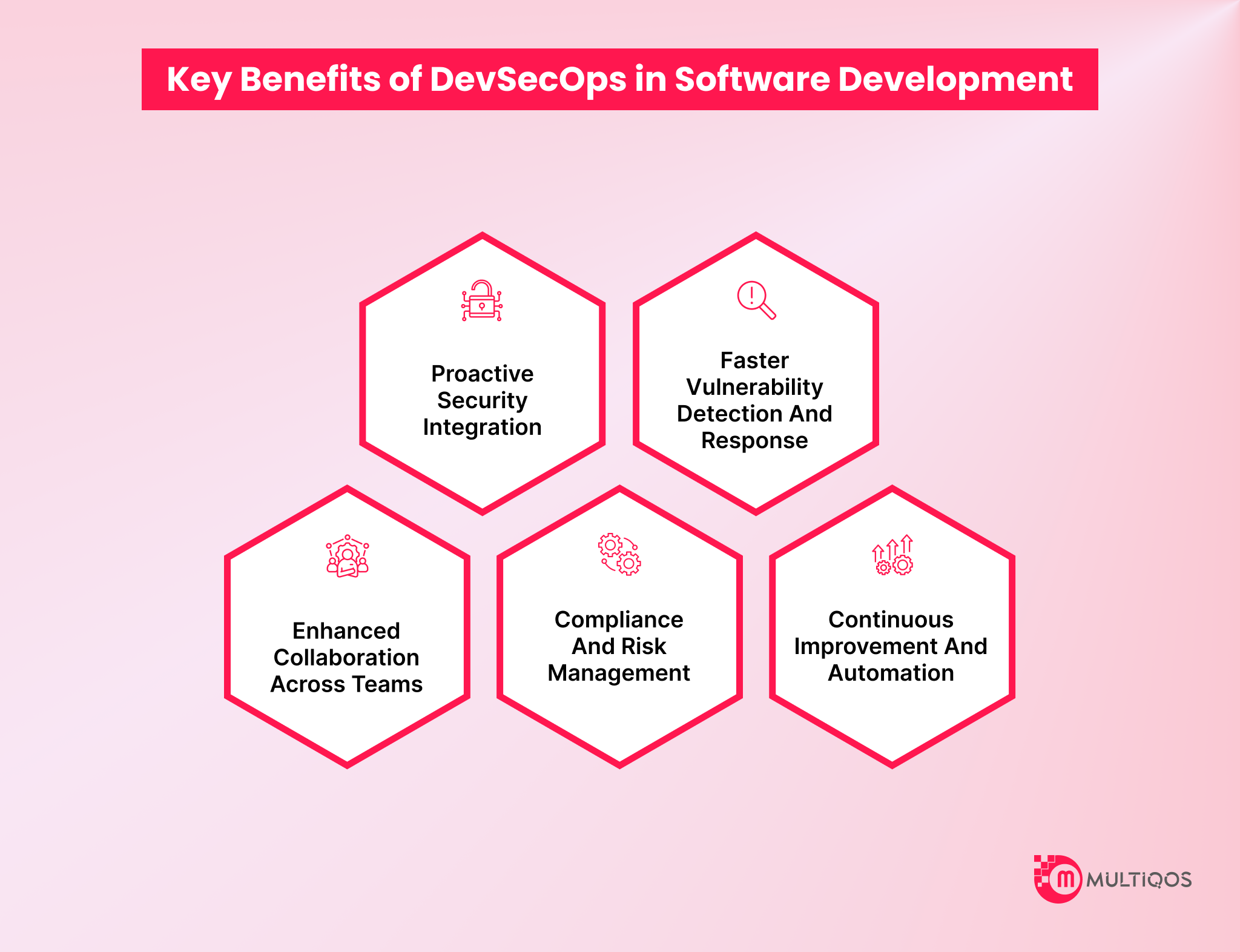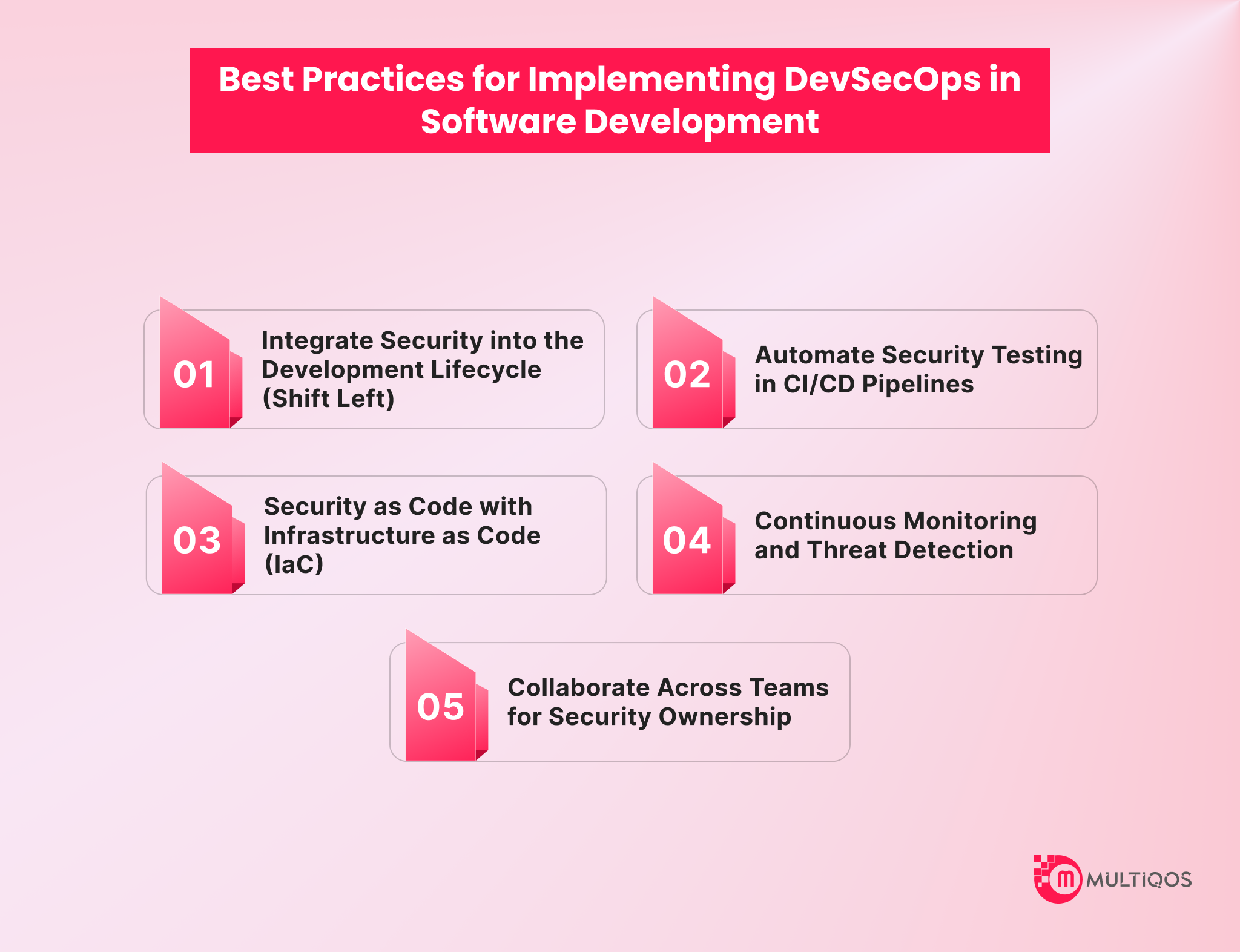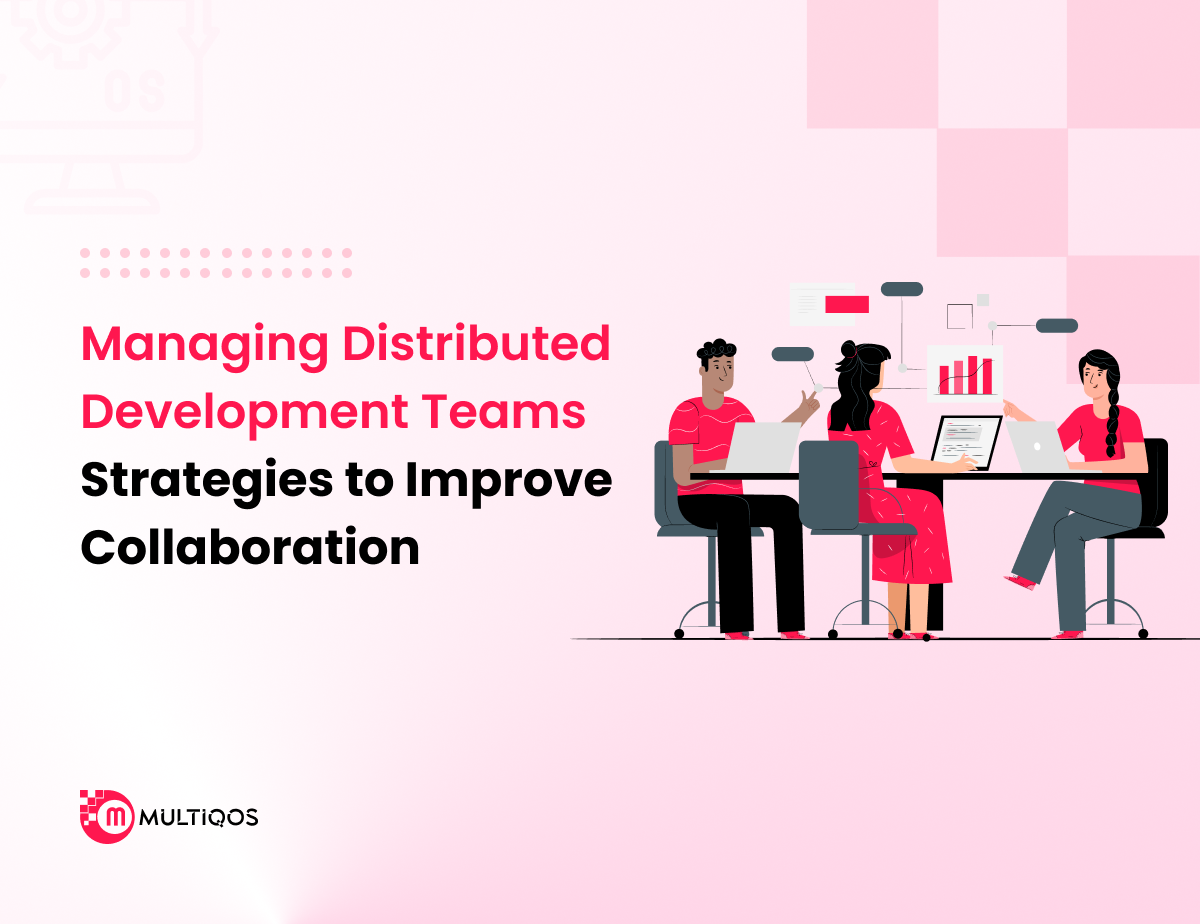The Role of DevSecOps in Software Development: Why It Matters Today

Summary:
DevSecOps in software development integrates security into every phase of the software development lifecycle, ensuring that vulnerabilities are identified early and addressed promptly. By combining development, security, and operations teams, it fosters collaboration and shared responsibility for security.
Automation and continuous monitoring in the CI/CD pipeline help deliver secure, reliable software at speed. As cyber threats increase, adopting DevSecOps reduces risks, improves compliance, and enhances software quality. This approach shifts security from a separate step to an integral part of development, making it essential for modern software teams striving to build secure and agile applications.
Introduction
The speed of software distribution is often prioritized, but this focus can accidentally compromise safety. This is where DevSecOps in software development enters and represents a significant development from the traditional development and operating model.
This blog post will explore the important role of DevSecOps, and explain why integration of security practices throughout the software development life cycle (SDLC) is no longer optional; This is a necessity for modern organizations aimed at both agility and flexibility.
We will see a deeper look at how this philosophy basically shifts security left, and transforms it from a bottleneck in the last step to a shared responsibility that increases efficiency, reduces the risk, and eventually provides a more reliable and secure product to the end user.
What is DevSecOps?
DevSecOps integrates security practices directly into the DevOps process, ensuring that safety is an ongoing, automated part of the development cycle. Unlike traditional approaches, where security is addressed later in the software development process, DevSecOps’ security provides delivery from the early development stages.
This collaborative model brings together development, operational, and safety teams to automate security checks, vulnerability scans, and compliance verifications within the CI/CD pipeline. By making security a shared responsibility at all stages of software development, DevSecOps helps identify and mitigate risk before becoming a costly challenge, increasing the product’s general integrity and reliability.
When it comes to DevSecOps in software development, organizations can significantly improve both speed and security by ensuring that vulnerabilities are caught early and continuously monitored through the life cycle. Many companies that provide software development services now include Devsecops practices to meet the increasing demand for secure applications.
By automating security tasks and seamlessly integrating security tools into the development process, companies can deliver high quality, secure software faster while remaining in accordance with potential safety threats and compliance requirements.
Key Benefits of DevSecOps in Software Development
When it comes to DevSecOps in software development, it entirely changes the way security is managed and integrated with the development lifecycle. This helps businesses to secure their apps and products as well as streamlining workflows, enhancing collaboration, and complying with industry standards. Now, let’s have a sneak peek at some of the major benefits of implementing DevSecOps in the new era of software development process:
1. Proactive Security Integration
The major task of DevSecOps is to ensure that at each stage of software development, security must be integrated, whether it’s the planning stage or production. This strategy enables developers to address security breaches and identify costly security vulnerabilities at the initial stages of development. When the security checks are automated, the process becomes effective, more efficient, and less prone to human error.
2. Faster Vulnerability Detection and Response
If we talk about continuous security monitoring, DevSecOps has the potential to quickly detect threats and vulnerabilities in software development. Security tools used for continuous integration and deployment can automatically scan code for major weaknesses and alert the development team in real-time.
This proactive approach helps teams to respond faster to security threats and eliminates the time required between mitigation and detection to ensure that security issues are resolved quickly without slowing down the development process.
3. Enhanced Collaboration Across Teams
DevSecOps fosters collaboration among development, security, and operations teams. By sharing responsibility for security, teams improve communication, resolve issues quickly, and deliver more secure, reliable applications.
4. Compliance and Risk Management
As regulatory requirements become stricter, Devsecop’s organizations help meet various industry standards such as GDPR, HIPAA, and PCI DSS. By incorporating security checks and compliance audits in the development pipeline, organizations can ensure their applications meet regulatory requirements without manual inspection, reducing the risk of non-compliance penalties.
5. Continuous Improvement and Automation
DevSecOps promotes a culture of continuous improvement by integrating automated security testing and feedback loops into the development process. With each deployment, security is evaluated and refined, ensuring that security controls evolve with the application. This automation reduces the burden of security teams, improves the code quality and helps the teams build more secure and robust applications over time.
Best Practices for Implementing DevSecOps in Software Development
To stay ahead of evolving security threats, it’s essential to integrate security into every phase of the software development lifecycle. By implementing DevSecOps, organizations can proactively safeguard their applications while maintaining the agility needed for rapid development.
1. Integrate Security into the Development Lifecycle (Shift Left)
Shifting security left means integrating it early in the development process, allowing teams to identify vulnerabilities before they become costly issues. By embedding security practices during design and coding, developers can proactively mitigate risks. Tools like Static Application Security Testing (SAST) and threat modeling help catch vulnerabilities early, resulting in more secure code and fewer post-deployment issues.
2. Automate Security Testing in CI/CD Pipelines
Automation of safety testing in CI/CD pipelines ensures that vulnerabilities are continuously detected during development. This approach provides feedback from real-time so that developers can address problems before they reach production. Tools such as SAST, DAST and Software Composition Analysis (SCA) automate security checks, making security a seamless part of the development workflow.
3. Security as Code with Infrastructure as Code (IaC)
With infrastructure such as code (IAC), security must be built into configuration templates to prevent misconfigurations that can create vulnerabilities. Automation of security checks for IAC script with tools such as Chekov or TFSEC ensures that the infrastructure is safe before it is distributed, which reduces the risk of uncertain environments and errors.
4. Continuous Monitoring and Threat Detection
Continuous monitoring ensures that threats are detected and addressed in real-time, even after deployment. By using tools such as SIEM and APM, the team can track application behavior, network traffic and system health, which enables rapid response to potential security incidents. Real-time alerts help prevent security problems from breaking.
5. Collaborate Across Teams for Security Ownership
Devsecops works best when safety is a shared responsibility for all teams. By promoting cooperation between development, operation and safety teams, security becomes a central focus in each stage of the developmental life cycle. Training and safety champions in layers help raise awareness, making it easier to identify and remedy vulnerabilities quickly.
Wrapping Up
Security is no longer an afterthought. Integrating DevSecOps in software development ensures that security is built from the initial stages, so that teams can quickly detect and solve vulnerabilities, improve collaboration, and deliver safer, reliable software. This approach not only streamlines the development process but also reduces long-term risks and operating costs.
In order to fully realize these benefits, it is important to hire software developers who understand the importance of building secure applications from day one. With the right team and DevSecOps mindset, organizations can safely build high-quality, scalable software that meets both user expectations and security standards.
FAQs
While DevOps focuses on collaboration between development and operations teams to improve speed and efficiency, DevSecOps adds security into the mix from the very beginning. This ensures vulnerabilities are identified and mitigated early, rather than after deployment.
Some major benefits include:
- Early detection of vulnerabilities
- Better compliance and governance
- Faster and safer software releases
- Security barriers reduced
- The cooperation increased between the teams
Many customers begin to see improvements in the security position and free up efficiency during the first 30-60 days. The timeline depends on your current setup and the maturity of your DevOps processes.
You can reach out to us through our contact page or request a free consultation. We’ll schedule a discovery call to understand your goals and recommend the next steps.
Get In Touch








